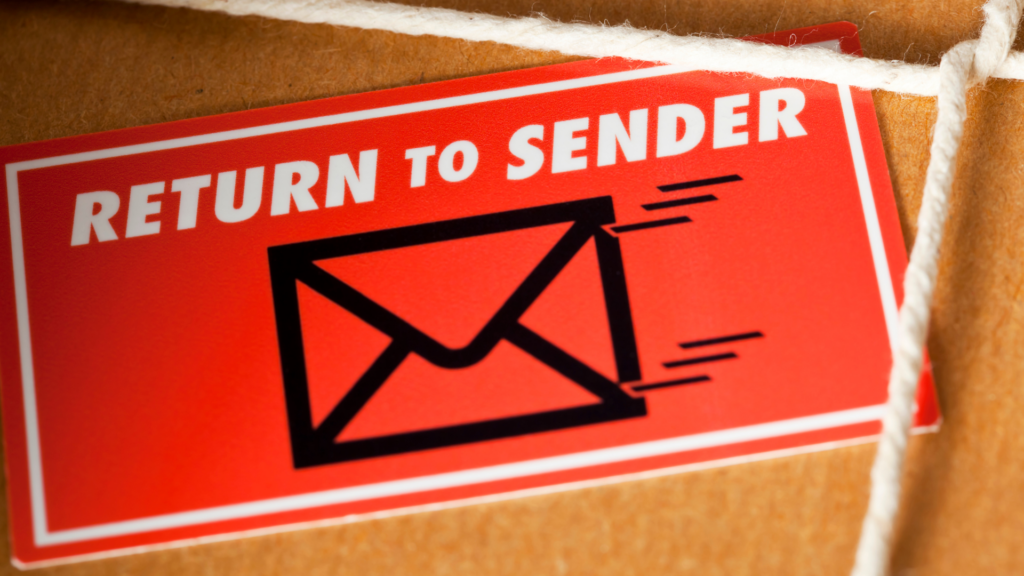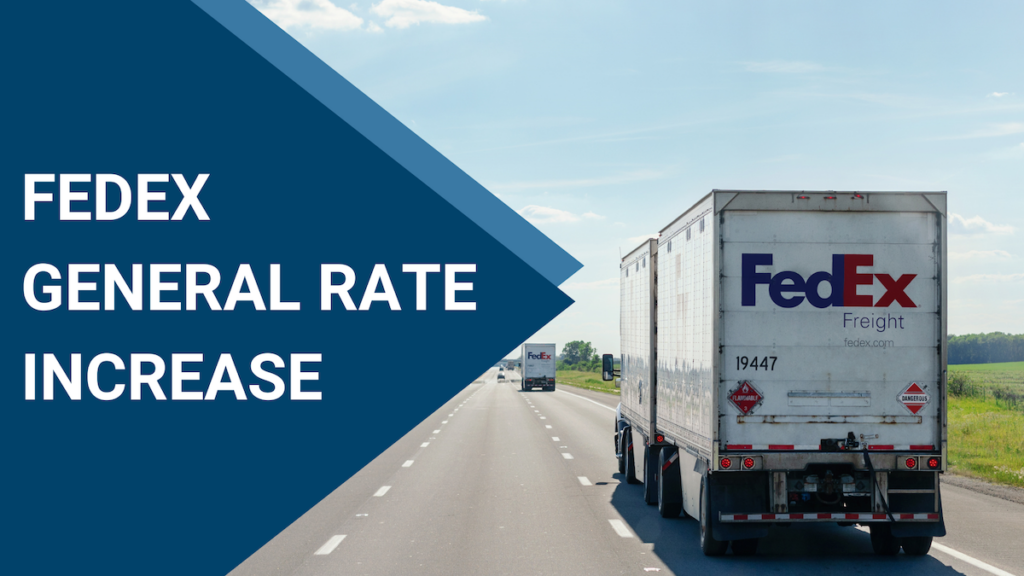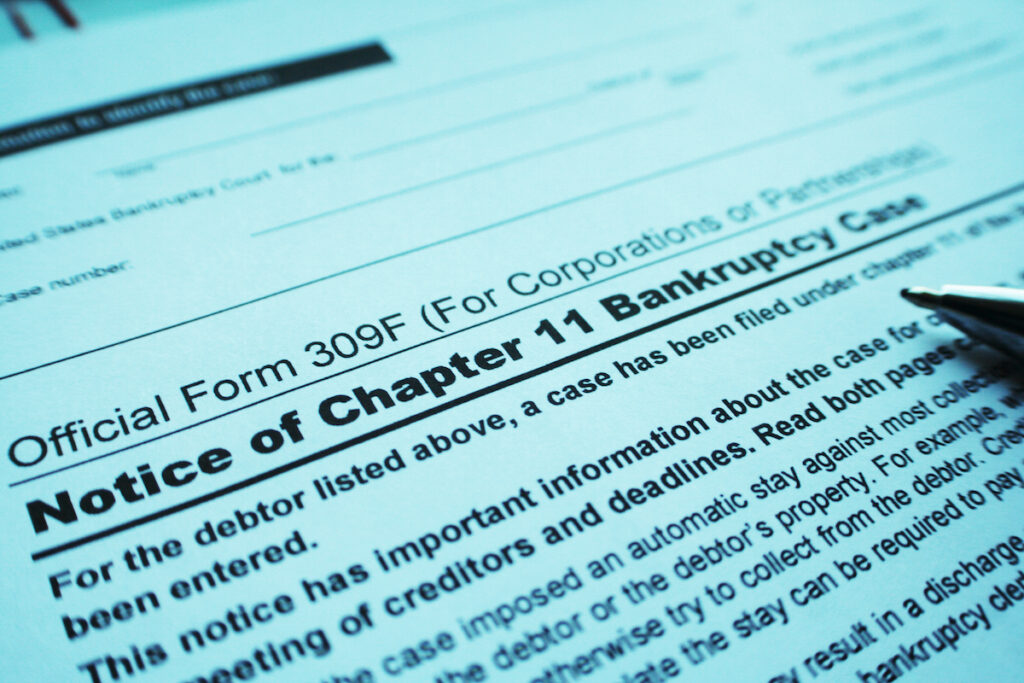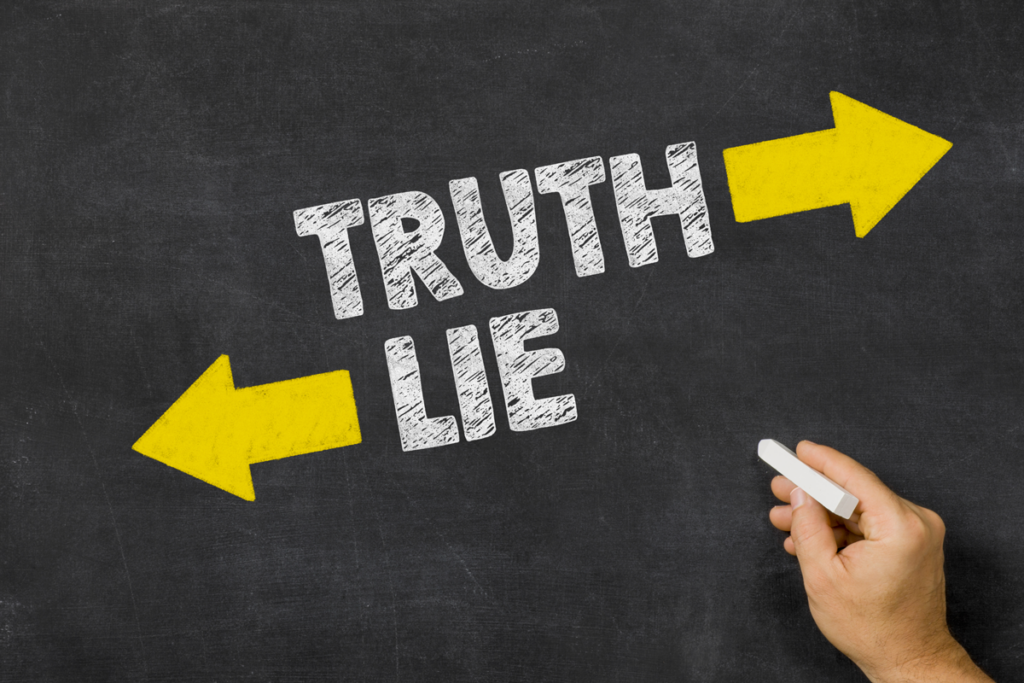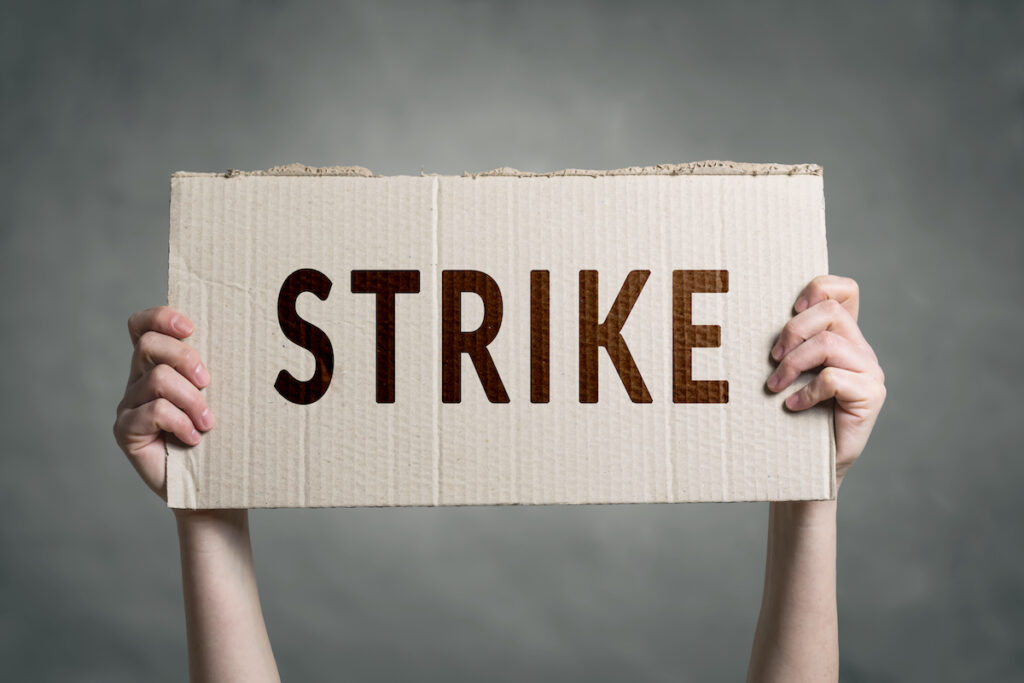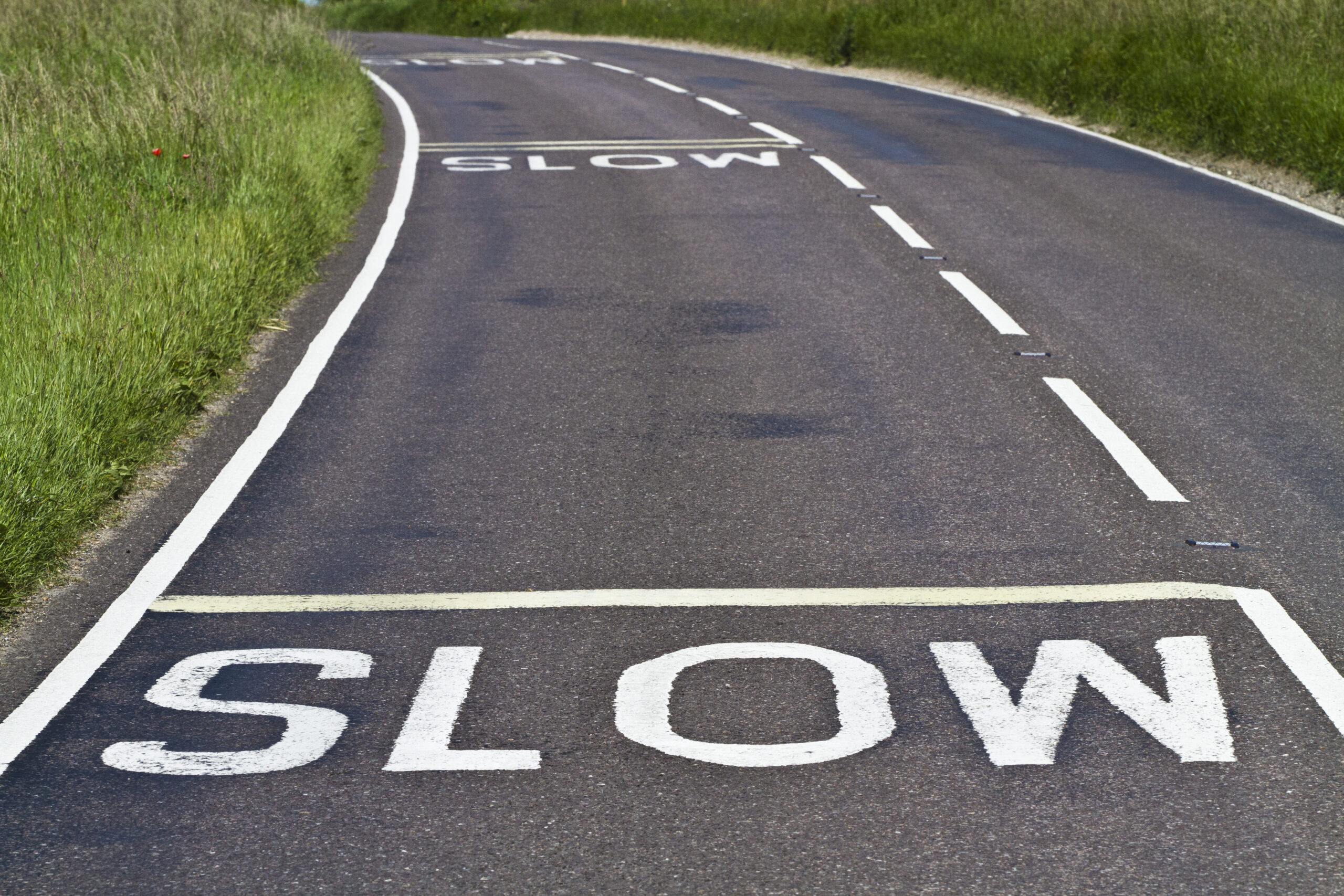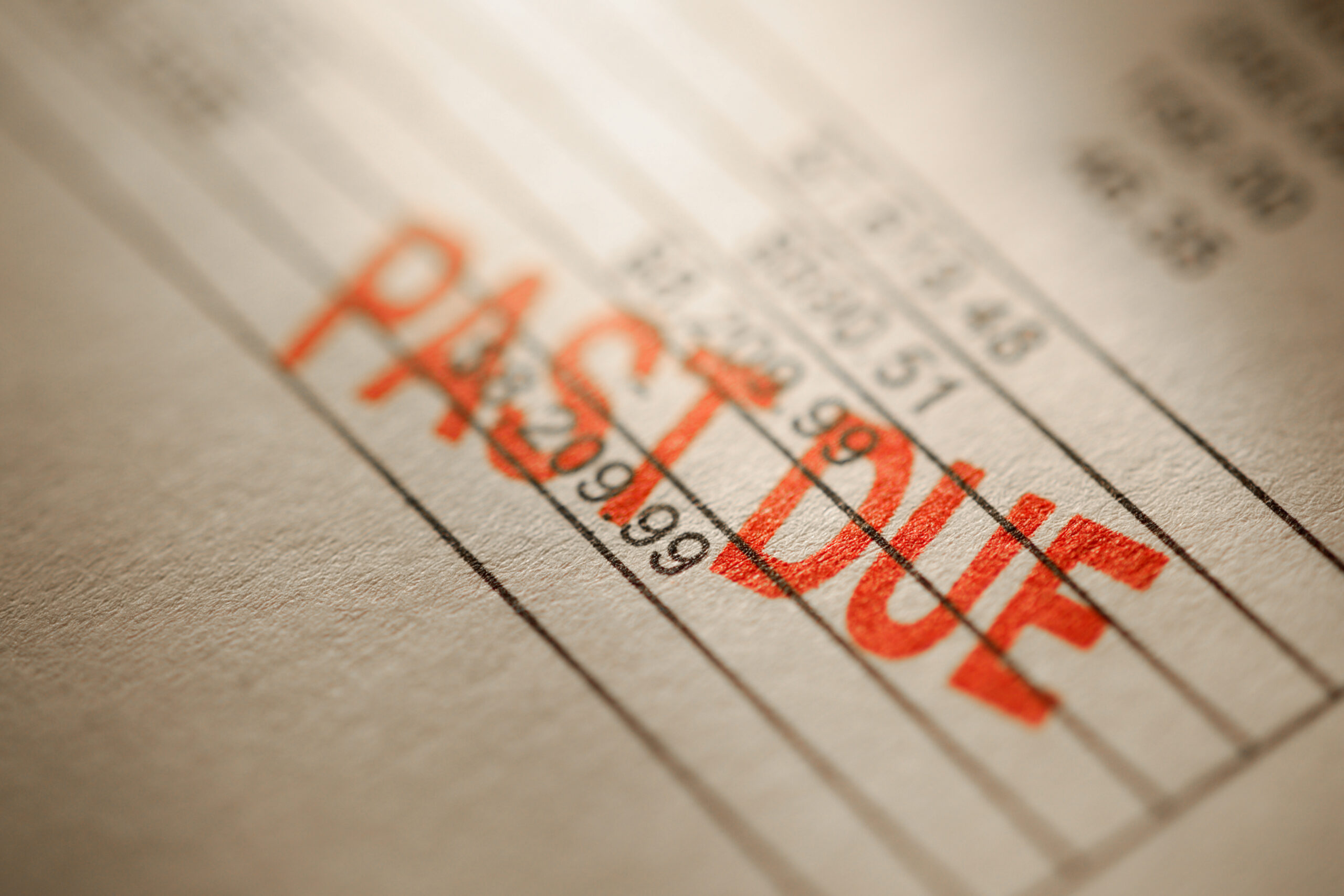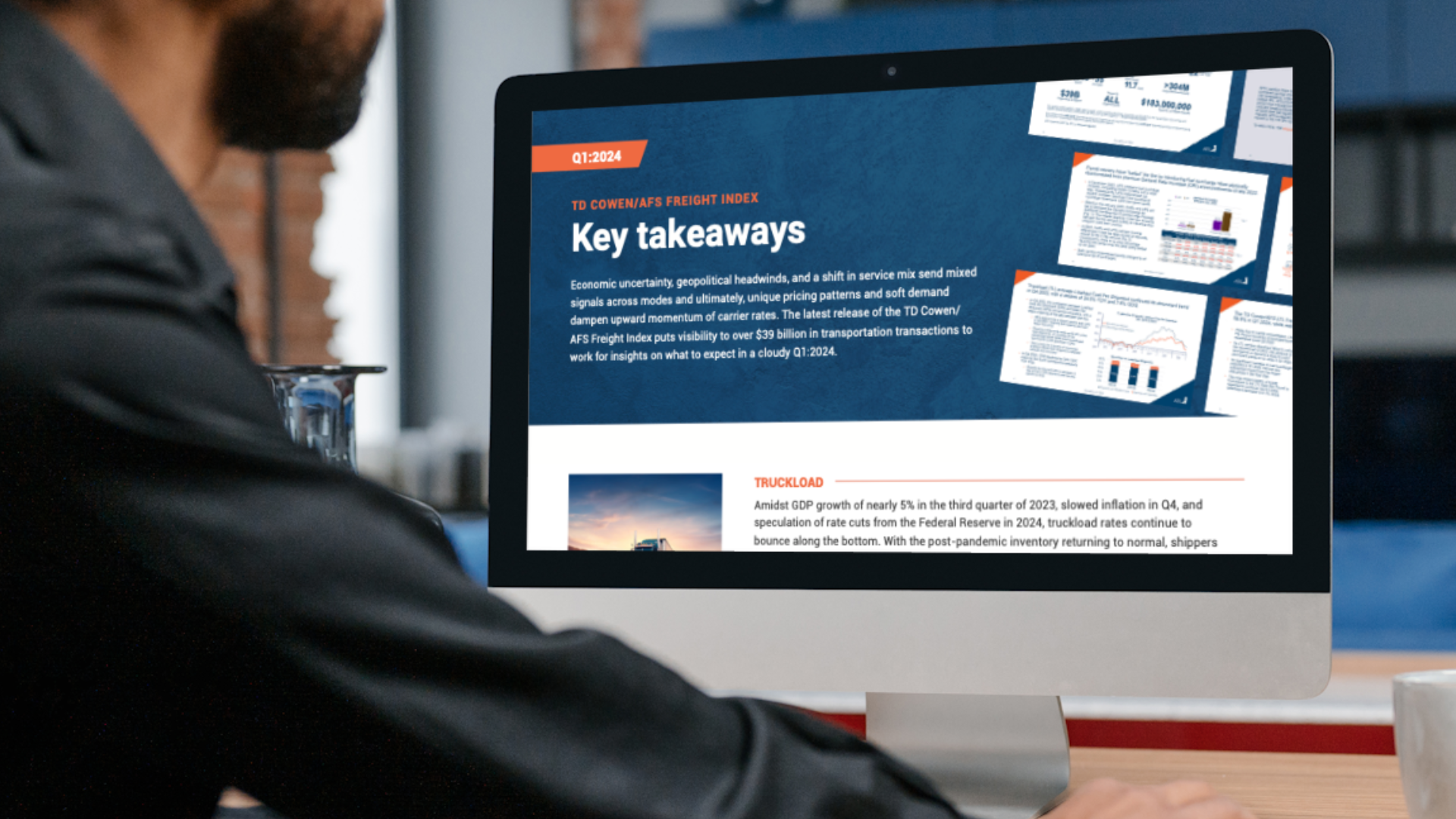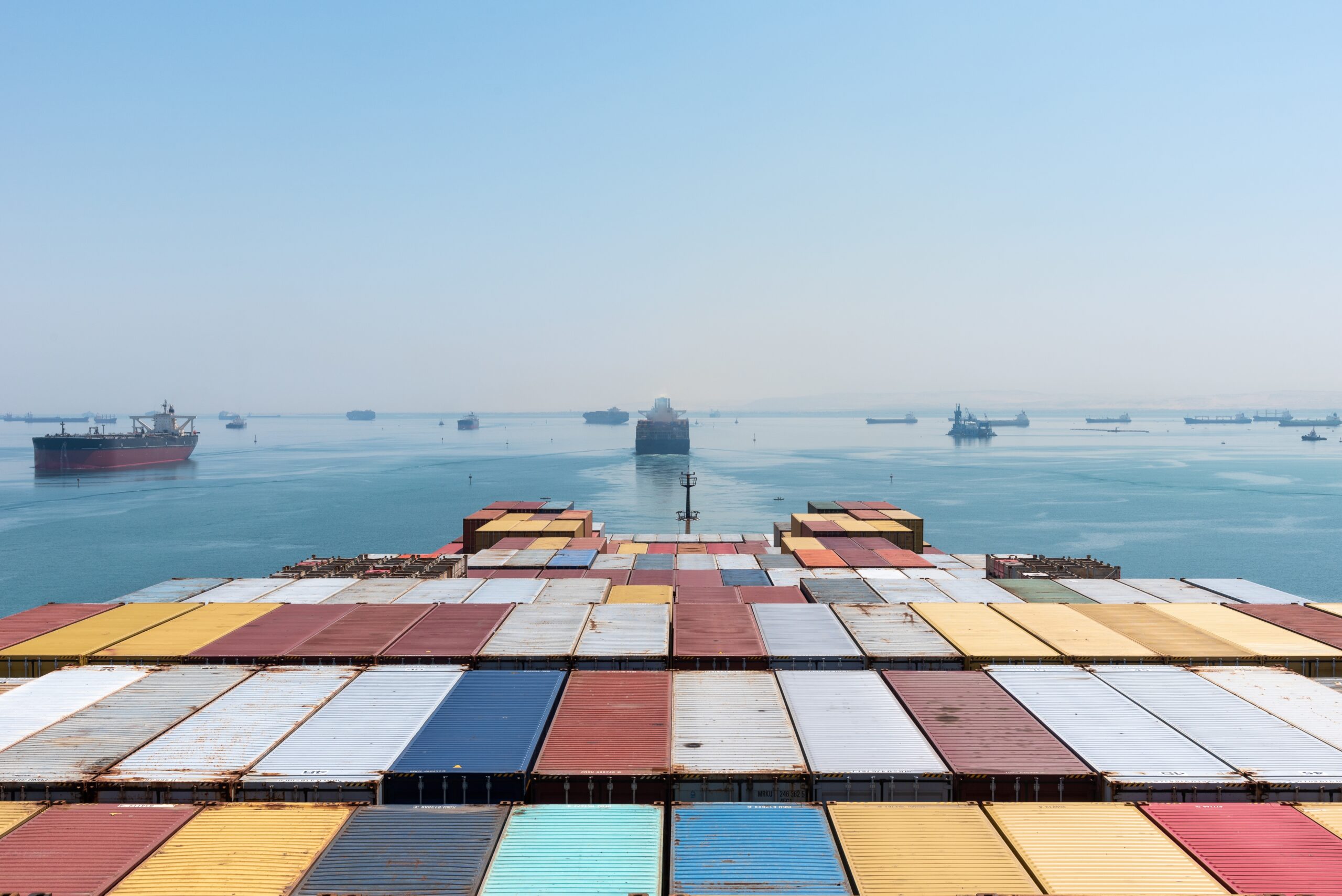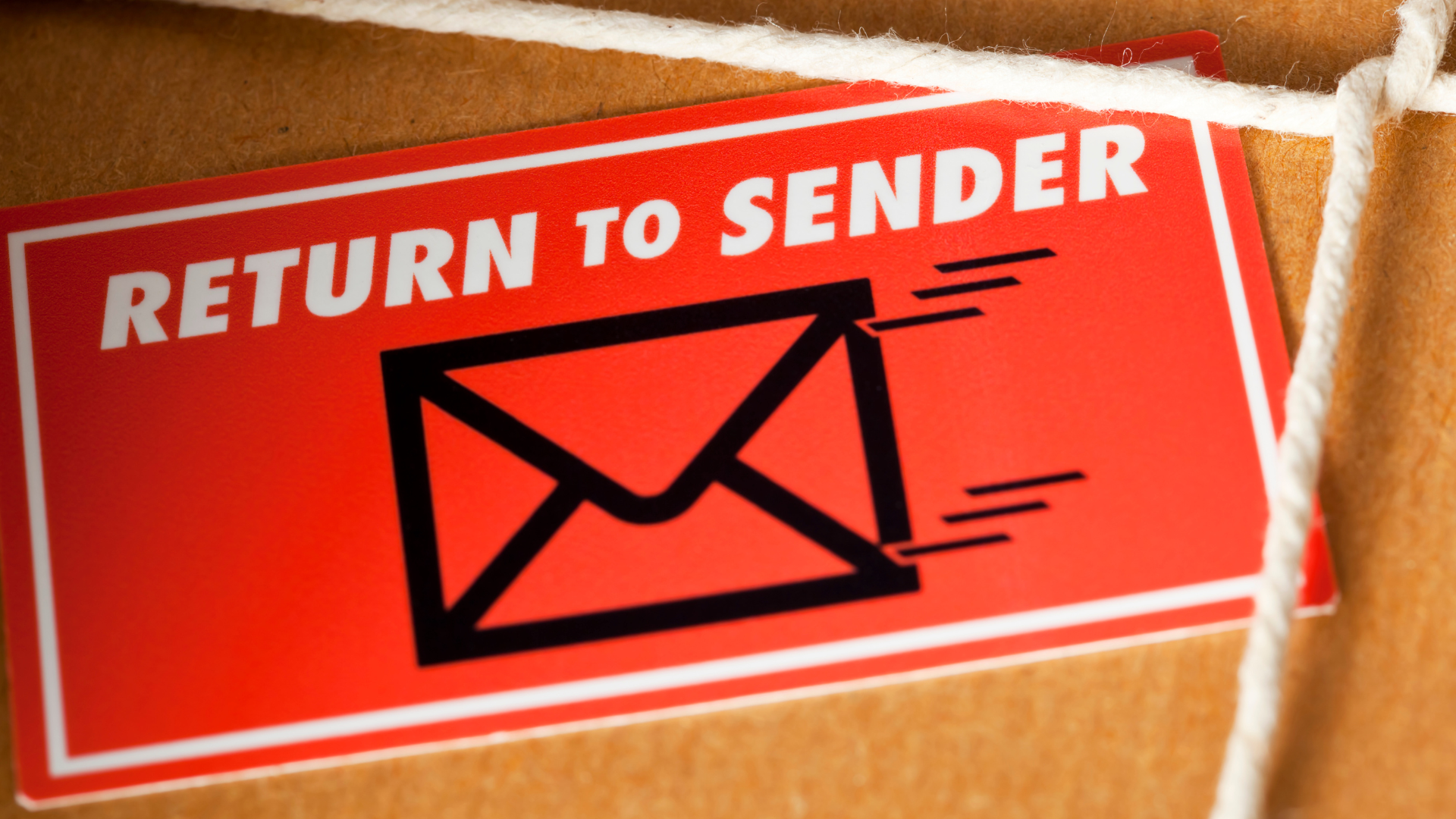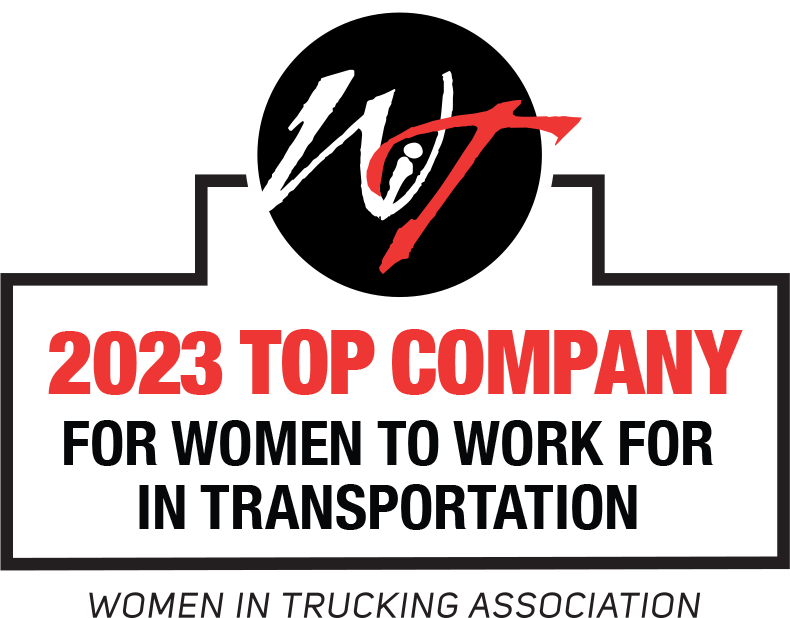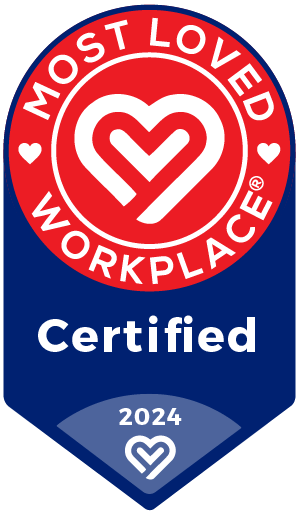
From our CEO
Get the latest transportation insights from our own, Tom Nightingale.
Quick show of hands: Who watched Groundhog Day for the umpteenth time last month? Most viewers will tell you that it’s a story of a man who winds up living the same day over and over again. However, we prefer to think of it as the story of a man who ultimately learns how to […]
It’s time for another round of “Two Truths and a Lie” where you try to figure out which two statements are true and which one is false – hence the name. Get ready to try your hand at our latest LTL-centric edition – and to learn more about how your LTL shipping experience is likely […]
When we say this article contains breaking news, we mean it quite literally. Over the past few months, we’ve begun to see a steep increase in the number of LTL shipments that have arrived broken, partially damaged or missing some of their components. In fact, these incidences have nearly doubled for many shippers […]
Sometimes the only good thing you can say about a month is that it’s over. Just ask Estes Express, which spent much of October recovering from an especially wicked and widespread cyberattack. Like AFS, you probably watched the story unfold in real time since the news of it broke while many of us were at […]
If the early bird gets the worm, you might want to send FedEx a whole can of them. On August 29, the carrier shared plans to increase its Express and Ground prices by an average of 5.9% in 2024 – beating UPS (which is raising its base rates by the same amount) to the punch […]
There are some years when NFL referees are more “penalty happy” than others. (Hello 2021, we’re talking to you!). Those of us who work in the supply chain industry can absolutely relate, because lately many LTLs have started throwing their own version of yellow flags – aka applying extra accessorial fees – far more often. […]
A few weeks ago, the logistics industry was still sweating the possibility of a UPS Teamsters strike that would have temporarily sidelined more than 300,000 drivers, sorters, clerks and mechanics. Today, approximately 30,000 industry professionals are sitting at home for a very different reason. We’re talking, of course, about Yellow’s decision to close its operations […]
Are you familiar with the game “Two Truths and A Lie”? It’s an entertaining activity that requires each player to make three statements about themselves – two that are true and one that’s a deliberate falsehood – and then seeing if people can figure out which is which. Here at AFS, we’ve taken the liberty […]
On June 1, hurricane season officially began (and hopefully you and your company are preparing accordingly). Unfortunately, a hurricane isn’t the only serious tempest we have to worry about this summer, because right now there’s a stormy contract debate brewing between the Teamsters and one of the country’s largest parcel carriers – and all signs […]


